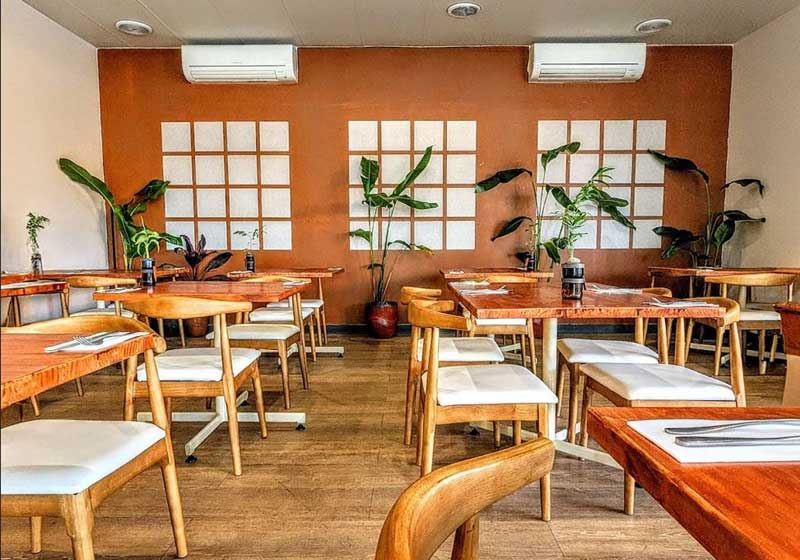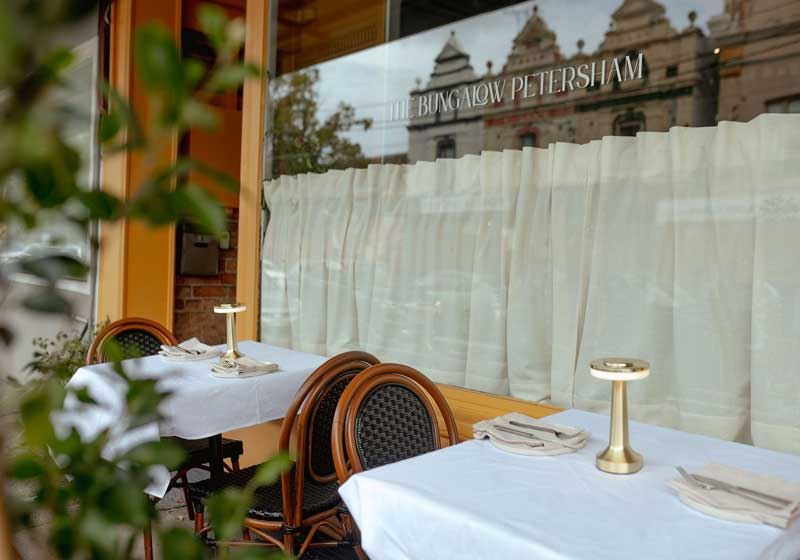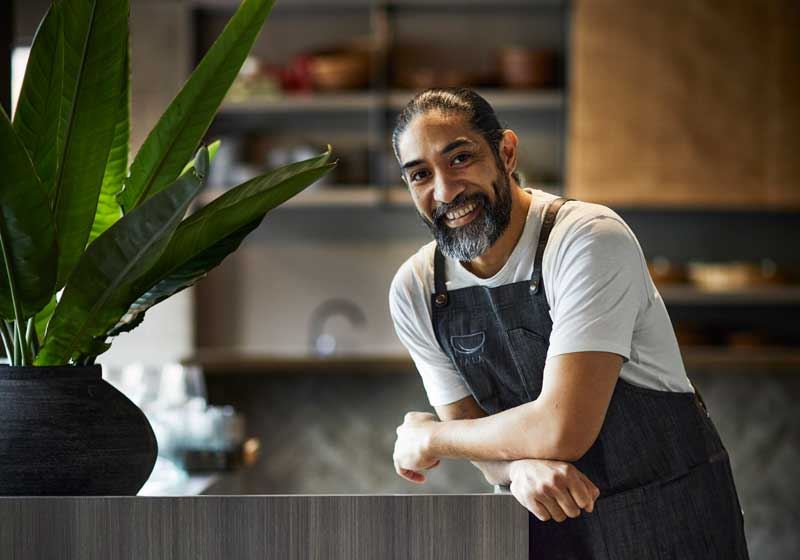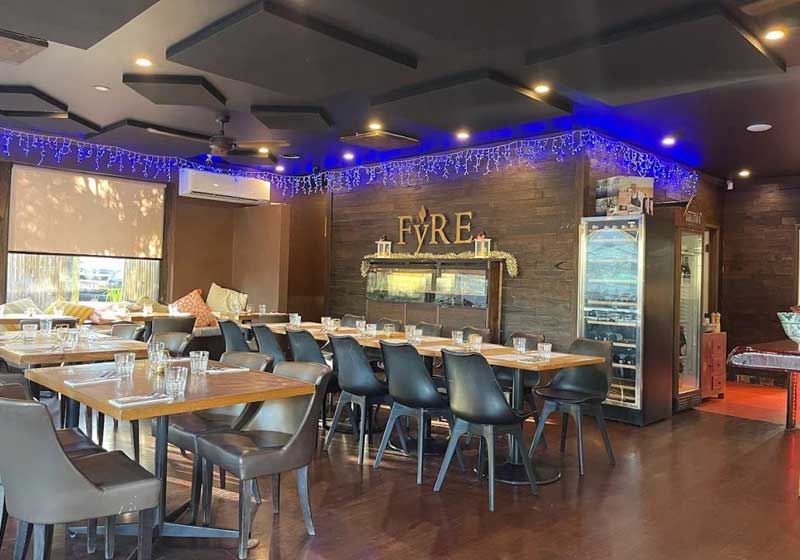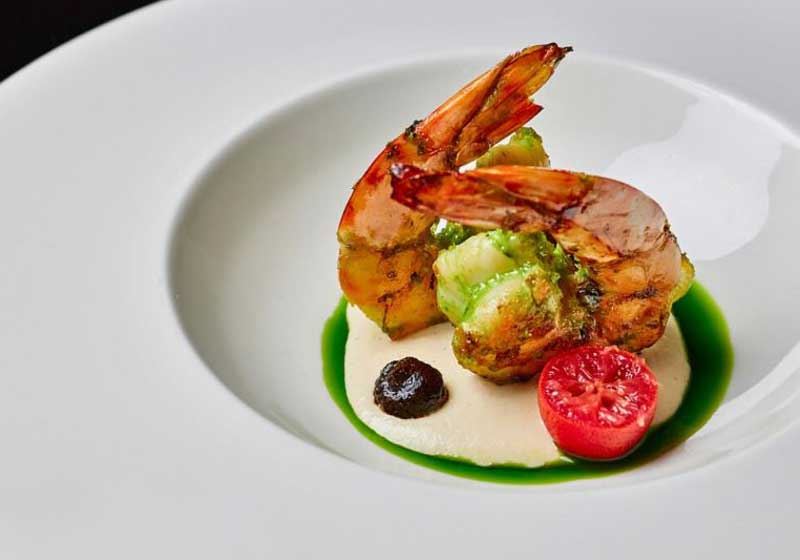By Laura Rancie
Australia is proudly home to more than 270 ancestries from all across the world with almost seven million people having migrated here since 1945. Our rich, cultural vibrancy is one of the country's greatest strengths lending its diversity to cuisine, art, thought, architecture, invention and innovation.
The White Australia policy, formally known as the Immigration Restriction Act of 1901, is a fascinating albeit shocking part of Australian history that essentially stopped all non-European immigration into the country.
Australian colonies had passed restrictive legislation as early as the 1860s directed specifically at Chinese immigrants. Most of the population from China that had been moving to Australia were from the Guangdong region serving Cantonese fare.
This was the food that shaped and influenced later Chinese food culture in Australia which became so popular decades after, because of the restriction on immigration which limited other cultures and therefore regions, from settling and introducing their regional cuisines.
In the early 1900s Australian capital cities, ‘Chinatowns’ started forming creating hubs of Chinese labour, trade and…food! Dishes like chicken chow mein and chop suey were becoming popular, particularly dishes smothered in sticky sweet sauces like sweet and sour pork.
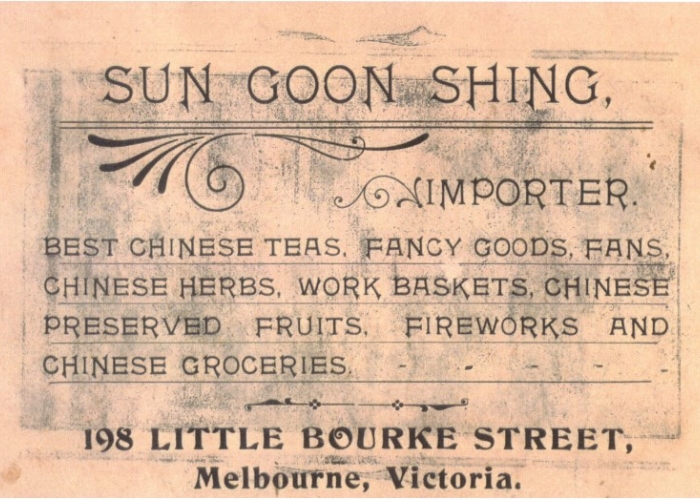
Business card of Sun Goon Shing. Date unknown, on paper. Obtained from the Museum of Chinese Australian History Collection, 1992.12.02, by donor Andrew Muir.
Chinese cooks believed this was what Anglo Australians wanted to eat, so kept making the same sweet dishes that Westerners ‘wanted’.
With the abolition of the Act in 1966, a new wave of educated and affluent Chinese arrived. They did not need the assurance of ‘Chinatown’ to help them thrive and integrate; Chinese students started to flow in and settle into university towns and campuses.
The benefit was that Chinese restaurants and food started to spread as mainstream and no longer concentrated only in Chinatowns. This helped increase a wide range of Chinese cultural cuisine from many regions, ingredients yet unheard of in Australia, cooking methods still so strange to the average Sydneysider or Melburnian.
Food from foreign-sounding provinces like Sichuan or Jiangsu was on the rise - Chinese Chefs started migrating to Australia, not just Mums and Dads.
The long-ago Chinese restaurant of the 80s and 90s so heavily influenced by early Chinese immigration laws gave way to the fresh, modern and fusion-style of Chinese food and even drink influence we have today across the country.
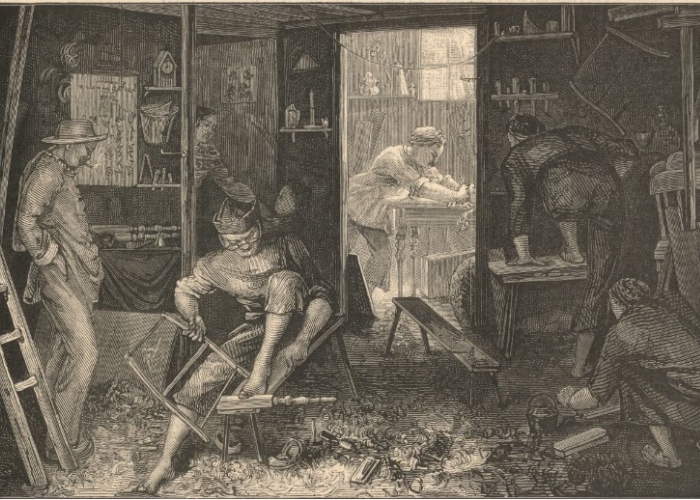
Chinese Furniture Makers. Original newspaper clipping entitled 'Chinese Furniture Makers, LIttle Burke St.', from The Australian Sketcher, 24 April 1880. Paper and Ink. Obtained from the Museum of Chinese Australian History Collection, 1985.07.12. Donor Spencer Scotts and Ilands Gallery.
The noughties saw a rise in dumpling culture, where entire restaurants were not just ‘Chinese’ restaurants but an entire ‘Dumpling’ restaurant. In the 2020s chains of sweet bubble tea franchises have queues out the front. Hot pot is now a popular search word on the internet, with most common phrases being ‘Chinese Hot Pot at Home’, ‘Brisbane’s Best Hot Pot Restaurants’ and ‘Best Hot Pot Ingredients’.
Let’s not forget the hawker-style food courts, where back in the old days in China hawkers would sell street food from pushcarts or roadside stalls. Today, these cultural nods and references are trendy and entertainment complexes as well as trendy suburbs, aspire to have a hawker alley or a hawker market within their premises.
The story of Chinese food in Australia is not just about satisfying taste buds but also a testament to the power of cultural exchange and integration. As we enjoy a variety of delectable dishes, we also celebrate the rich heritage and history behind each bite built on resilience, adaptation and the mingling of cultures.
Chinese cuisine has become a thread woven into the fabric of Australian culture, contributing to the country's cherished diversity and cosmopolitan identity, that we are thankful for.


